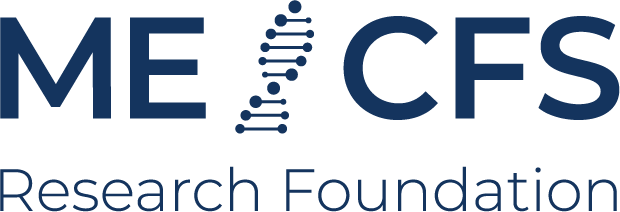Skeletal muscle alterations in Long COVID and ME/CFS
Prof (PhD) Rob Wust, Vrije Universiteit (VU) Amsterdam, Netherlands

By clicking the preview image, the video will be loaded from YouTube. Personal data may be transmitted to YouTube. Read more in our privacy policy.
Prof Rob Wust addressed skeletal muscle abnormalities in ME/CFS and Long COVID. The pathophysiology explaining Post-exertional Malaise (PEM) includes short-term metabolic changes, signs of muscle damage and impaired recovery after exercise, as well as muscle infiltration by immune cells. These findings suggest that PEM is not caused by deconditioning. A recent study in which muscle biopsies were taken before and after long-term bed rest showed that the properties of skeletal muscle in Long COVID and ME/CFS patients differed from those in healthy individuals on bed rest: Although exercise capacity was reduced in both groups, the structure and function of the skeletal muscles differed. In ME/CFS, changes in blood flow and capillary function, as well as increased incorporation of glycolytic fibers into muscle tissue, were observed. Electron microscopy images revealed mitochondrial abnormalities and an accumulation of degradation products such as lipofuscin. These changes could be used as new diagnostic markers for post-viral diseases in the future.
